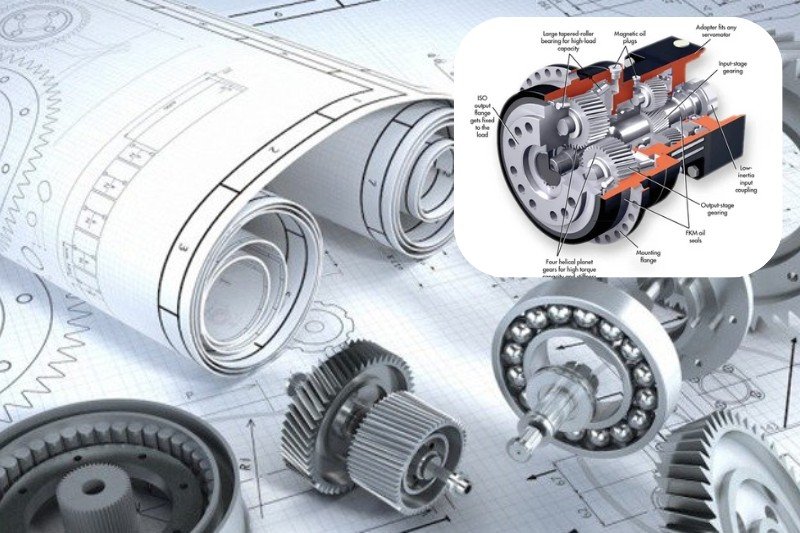

Machine design encompasses the process of designing and creating machines or mechanical systems that perform specific functions or tasks efficiently and reliably. The field of machine design covers a broad spectrum of machines used in various industries, each tailored to meet specific operational requirements. Here are different types of machines categorized by their design and application:
Types of Machines by Design and Application
General-Purpose Machines:
Lathe Machines:
Used for turning, facing, and cutting cylindrical workpieces.
Milling Machines:
Perform various milling operations such as face milling, end milling, and slotting.
Drilling Machines:
Designed for drilling holes in workpieces using rotating drill bits.
Special Purpose Machines (SPM):
Custom-designed machines tailored to perform specific manufacturing tasks or operations efficiently. Examples include:
Special Purpose Drilling Machines:
Designed for drilling deep holes, precise holes, or multiple holes simultaneously.
Special Purpose Grinding Machines:
Used for specific grinding operations such as surface grinding or cylindrical grinding.
Special Purpose Turning Machines:
Designed for turning operations with specific features or capabilities.
Automated Machines:
CNC Machines (Computer Numerical Control):
Controlled by computer programs to automate machining operations with high precision and repeatability.
Robotics and Automated Systems:
Incorporate robots for handling, assembly, welding, and other tasks in manufacturing and industrial applications.
Assembly Machines:
Automated systems for assembling components, including robotic assembly lines and automated assembly cells.
Packaging Machines:
Filling Machines:
Automate filling containers with liquids or solids in various industries such as food, pharmaceuticals, and chemicals.
Sealing Machines:
Seal products or packages using heat sealing, induction sealing, or other methods.
Labeling Machines:
Apply labels to products or packages accurately and efficiently.
Material Handling Machines:
Conveyor Systems:
Transport materials or products from one location to another within a facility, optimizing logistics and production flow.
Automated Guided Vehicles (AGVs):
Autonomous vehicles used for material transport in warehouses, factories, and distribution centers.
Cranes and Hoists:
Lift and move heavy loads in construction, manufacturing, and shipping industries.
Specialized Machines:
Wire Cutting Machines:
Use electrical discharge machining (EDM) to cut intricate shapes in metals and other materials.
Laser Cutting Machines:
Employ laser technology for precise cutting of metals, plastics, and other materials.
Injection Molding Machines:
Manufacture plastic components by injecting molten material into molds under high pressure.
Extrusion Machines:
Produce continuous lengths of plastic or metal profiles, tubes, or sheets by forcing material through a die.
Testing and Inspection Machines:
Testing Machines:
Conduct physical or mechanical tests on materials, components, or products to assess performance, durability, and quality.
Inspection Machines:
Use vision systems and sensors for quality inspection, defect detection, and dimensional verification in manufacturing processes.
Industries Using Machine Design
Automotive:
Manufacturing engines, chassis, transmissions, and assembly line automation.
Aerospace:
Producing aircraft components, structural parts, and avionics systems.
Electronics:
Fabricating PCBs, semiconductor devices, and electronic assemblies.
Medical Devices:
Developing surgical instruments, diagnostic equipment, and prosthetics.
Packaging:
Packaging food, pharmaceuticals, consumer goods, and industrial products efficiently and securely.
Construction:
Building construction equipment, material handling systems, and infrastructure components.
Manufacturing:
General-purpose machining, fabrication, and production of goods across various sectors. Machine design involves integrating mechanical, electrical, and software engineering principles to create machines that meet functional requirements, safety standards, and operational efficiency goals. It spans from conceptual design and modeling to detailed engineering, prototyping, testing, and production. Each type of machine design addresses specific industry needs, contributing to advancements in technology, productivity, and innovation.
.png)